
Every Monday,Ěýwe're giving an inside look at a step in the process of creating an item that'sĚýout on our studio floor right now-Ěýwhat makes us tick, what fuels our fire, what we have to get absolutely right. This isĚýour modus operandi.Ěý
]]>
Before beginning the actual cutting process, our artisans inspect each hide for blemishes and imperfections. Each of these gets marked off to be avoided so that every cut piece turns out perfect and free of inconsistencies. It’s important to us that we waste as little leather here as possible, because not only is it more economical, it’s also more respectful to the living animal from which the hide originated. Making sure every viable part of that hide goes to use requires a highly discerning eye and is pretty tough to do, which is why it’s so impressive that the first official Knot was able to be cut from a single hide!

All of these Knot pieces are now being labeled and arranged. This will confirm that everything needed to proceed is present and accounted for, as well as that the grain is consistent throughout. This way, nobody ends up with a bag that’s pebbled on one side and smooth on the other! No such discrepancies have arisen here, and consequently, these pieces are off to the splitter to be evened out before buffing and grinding occurs.
Ěý
]]>











 Ěý
Ěý
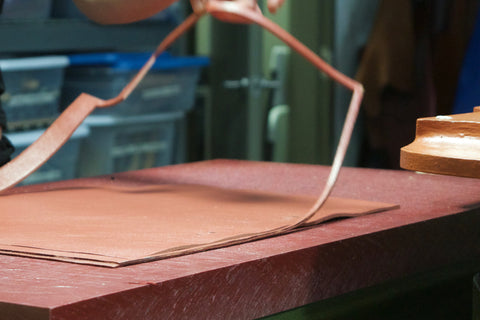
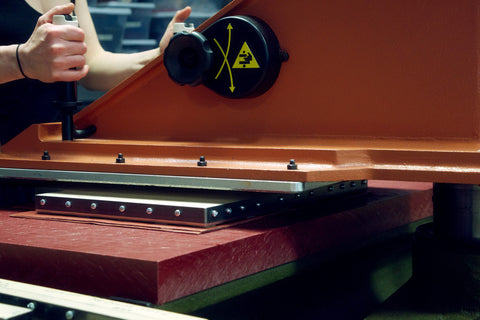
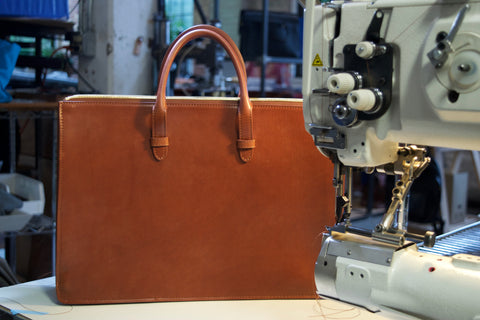
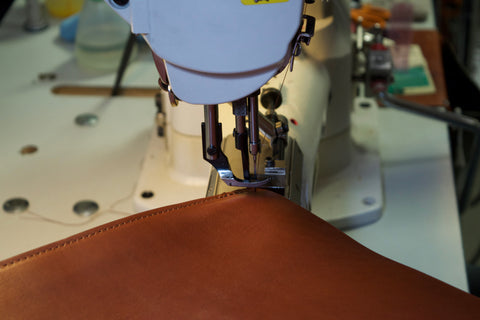
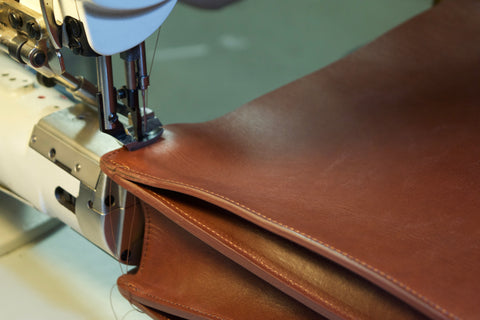
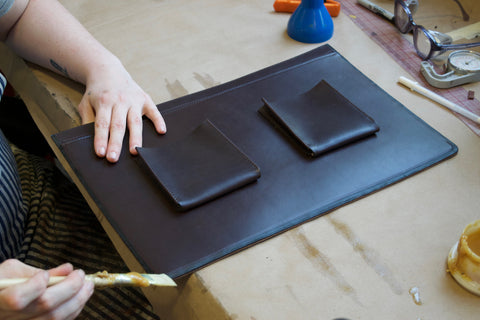
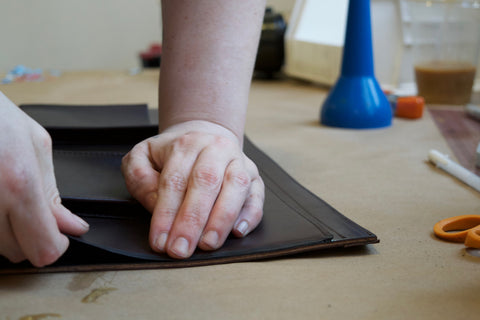
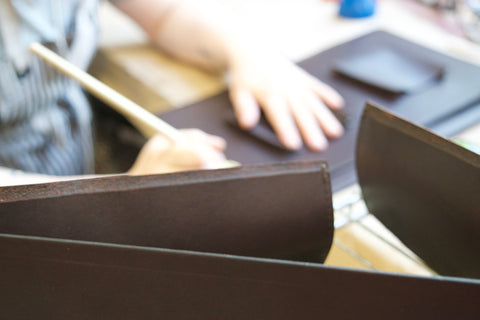
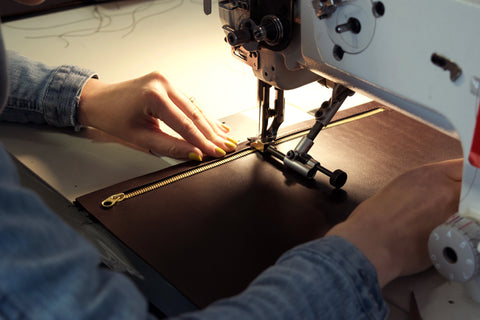

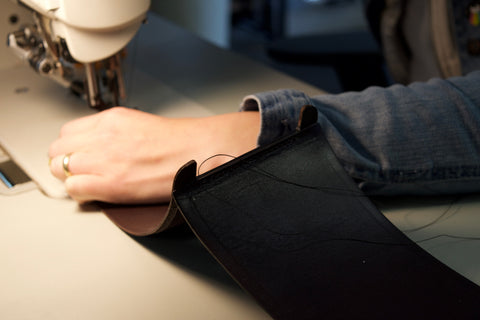
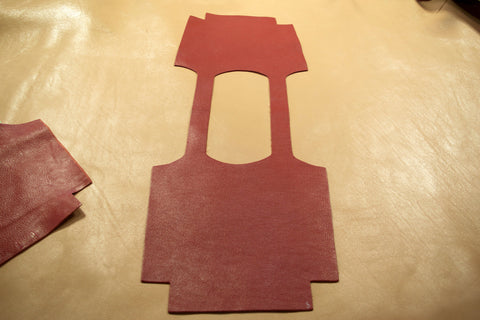
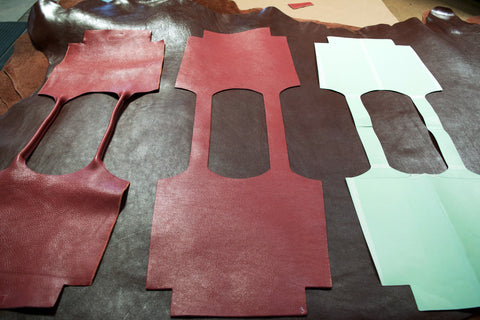
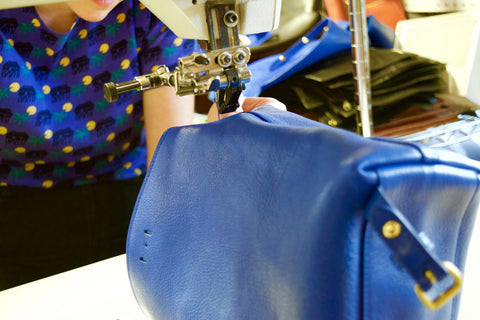
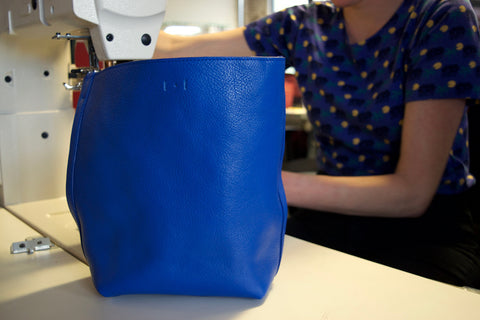
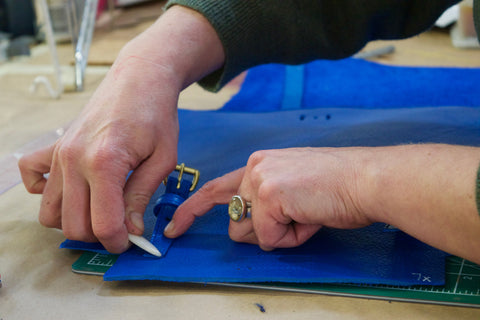
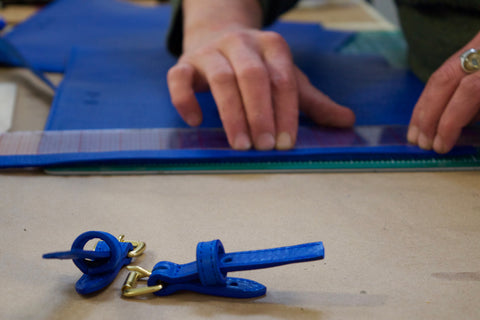
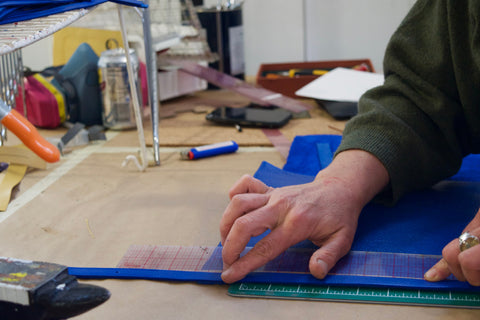

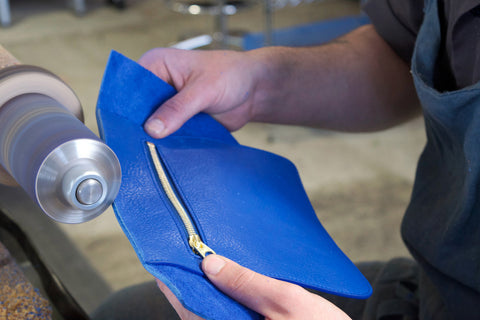
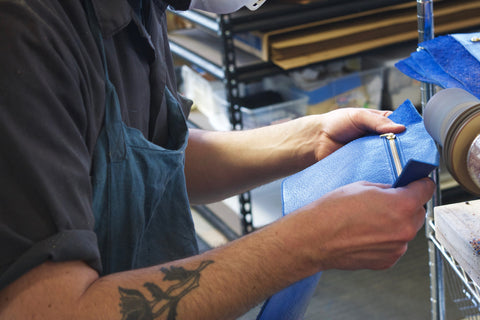



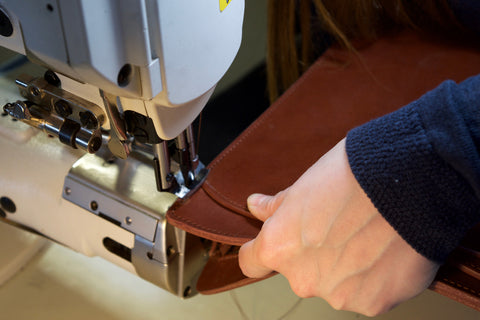
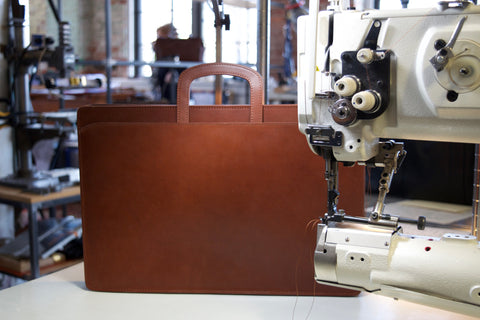





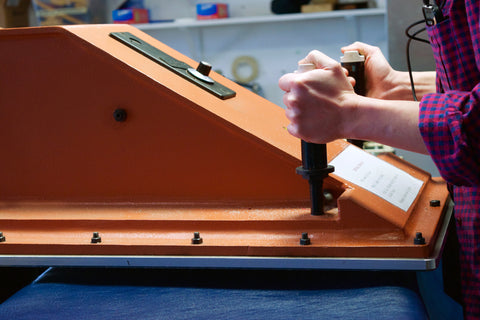
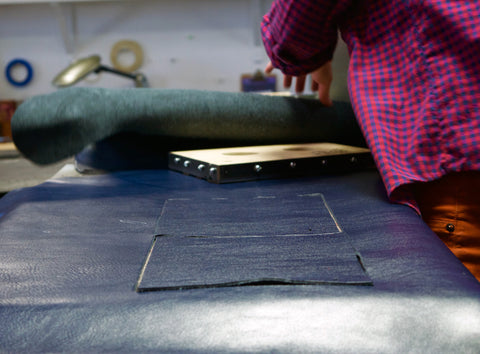



















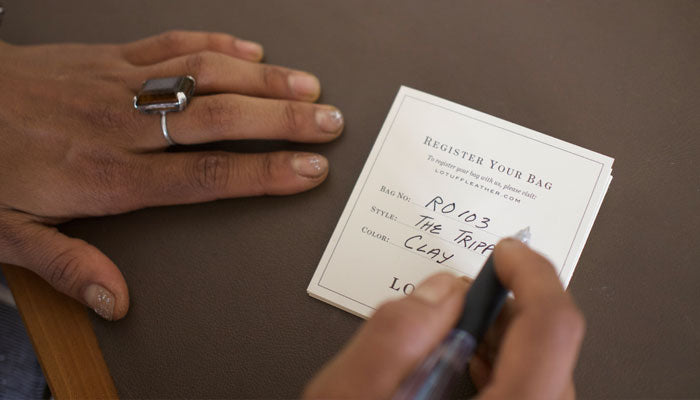









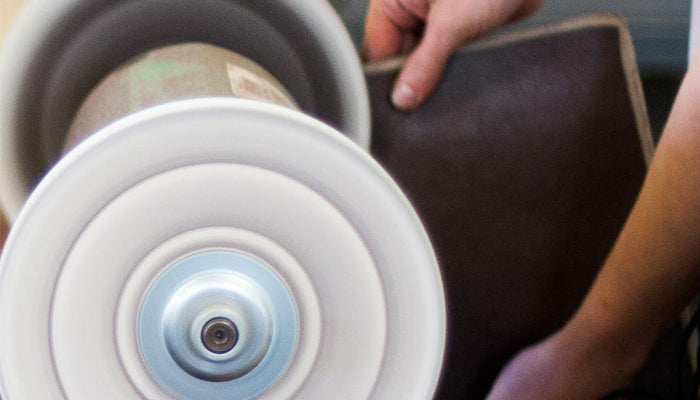

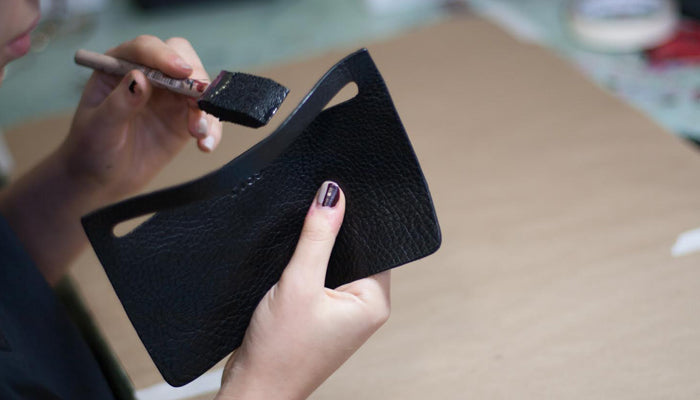

 Each week, we give you a behind-the-scenes tour of our shop, with a focus on one special aspect of the process. It's what makes us tick, what fuels our fire, what we have to get absolutely right. It's our modus operandi. Ěý
Each week, we give you a behind-the-scenes tour of our shop, with a focus on one special aspect of the process. It's what makes us tick, what fuels our fire, what we have to get absolutely right. It's our modus operandi. Ěý


